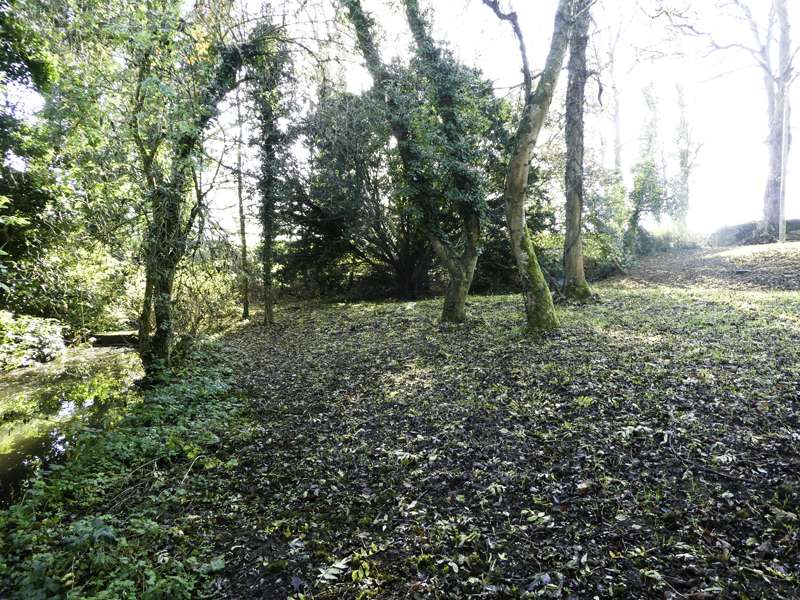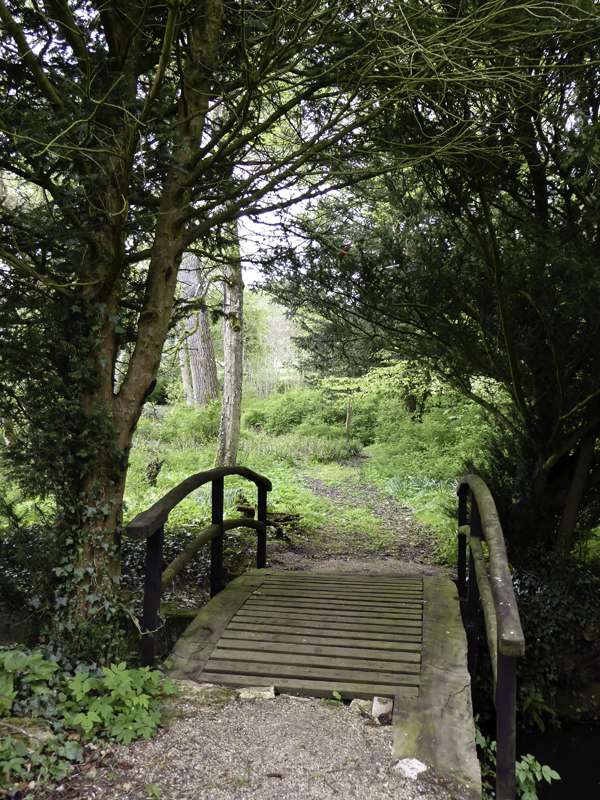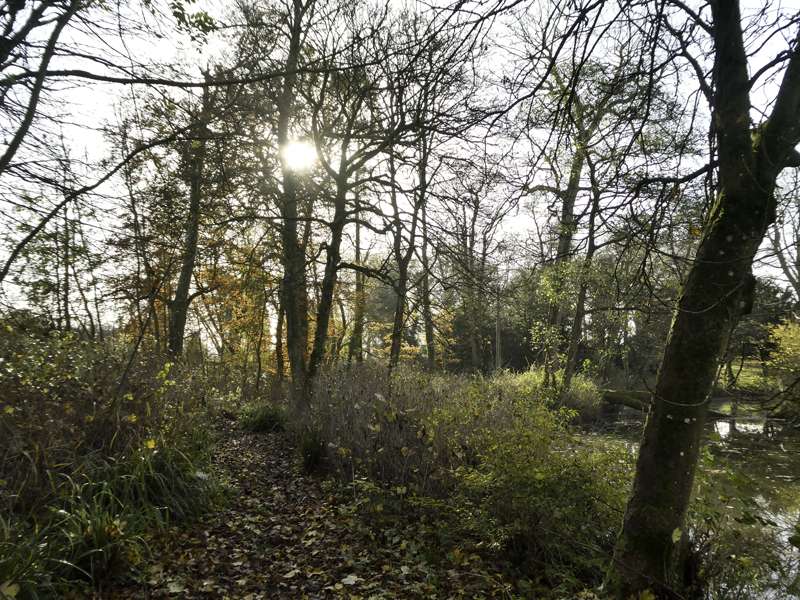
A Seedy Area
You may (or may not) recall reading about a few volunteers clearing the southeast quadrant of the grounds in a previous post (now archived). The area in question lies between the gardeners’ shed and Park Lane, beside the stream from the lake that is the beginnings of the River Coln. The long term plan is to reclaim what was an unattractive, debris field of waist-high weeds, nettles and accumulated rubbish as not only a quiet amenity area for residents use, but also a place of beauty to enhance the grounds as a whole. Optimistically referred to as ‘a wildflower meadow’, you would probably be wrong to picture the kind of romantic, flower-strewn fields that film heroines wander dreamily through. Nevertheless, it does no harm to aim high and, in time, some wildflowers there will be.
Phase 1 of the low-cost, long-term plan was to clear the ground, dispatch accumulated debris to a tip and treat the area to eradicate the more perverse weeds. That has been achieved. Phase 2 was begun in October by tilling the ground and sowing a mix of recommended seed. The guidelines of the Royal Horticultural Society are being followed in the work. The aim is to develop a traditional perennial wildflower meadow and such plants thrive best on poor soils because the grasses compete less with the wildflowers. Because seeding was a little late, a rye grass was chosen as the base and small proportions of vetches, clovers, trefoil and white mustard were added to encourage the possibility of some flowering next year, while aiming to continue to scavenge nutrients and nitrogen and reduce the soil’s fertility. They will also help inhibit weed growth and weed roots. The seed was hand sown and raked in.
A cut is planned for spring/summer, year 2, with the material arising being taken to compost, then the area will be reseeded with an increased emphasis on flowering seeds, but still in a nutrient scavenging mix. Year 3 will see more proper meadow seeds added, depending on finances. A couple of simple benches will be added by the stream. Not only will this produce an attractive place to sit or explore, but, in its own small way, it will also contribute to the local ecology, bringing in beneficial insects, butterflies and bees, and restore the area to England’s traditional meadowland. It is seen as a first step in a long-term plan to progressively rejuvenate the entire woodland path beyond the lake in later years. An ambitious plan, into which the tree survey, its phases of work to improve the health of the trees, over the next years and the planting of new, young trees will play.


The long-term plan to rejuvenate and improve the woodland path around the lake, together with the necessary dredging of the lake, will provide the opportunity to enhance the riparian margins with natural, indigenous planting in a way that will encourage small mammals, waterbirds and insect species.
________________________________________
